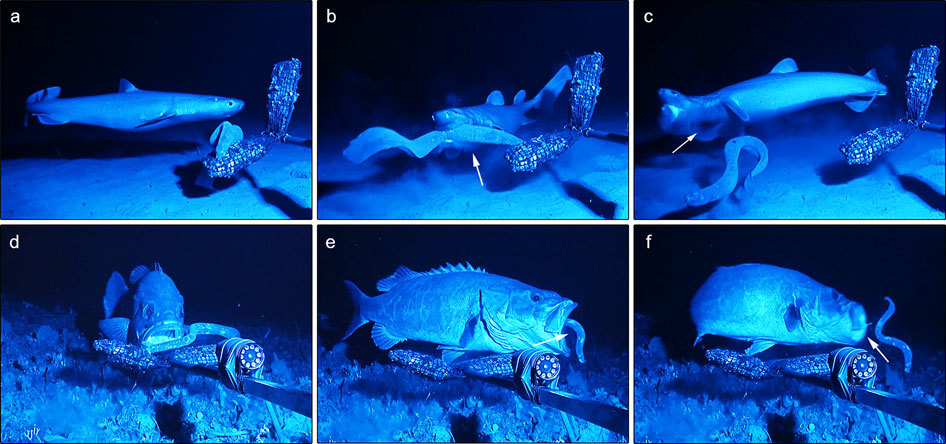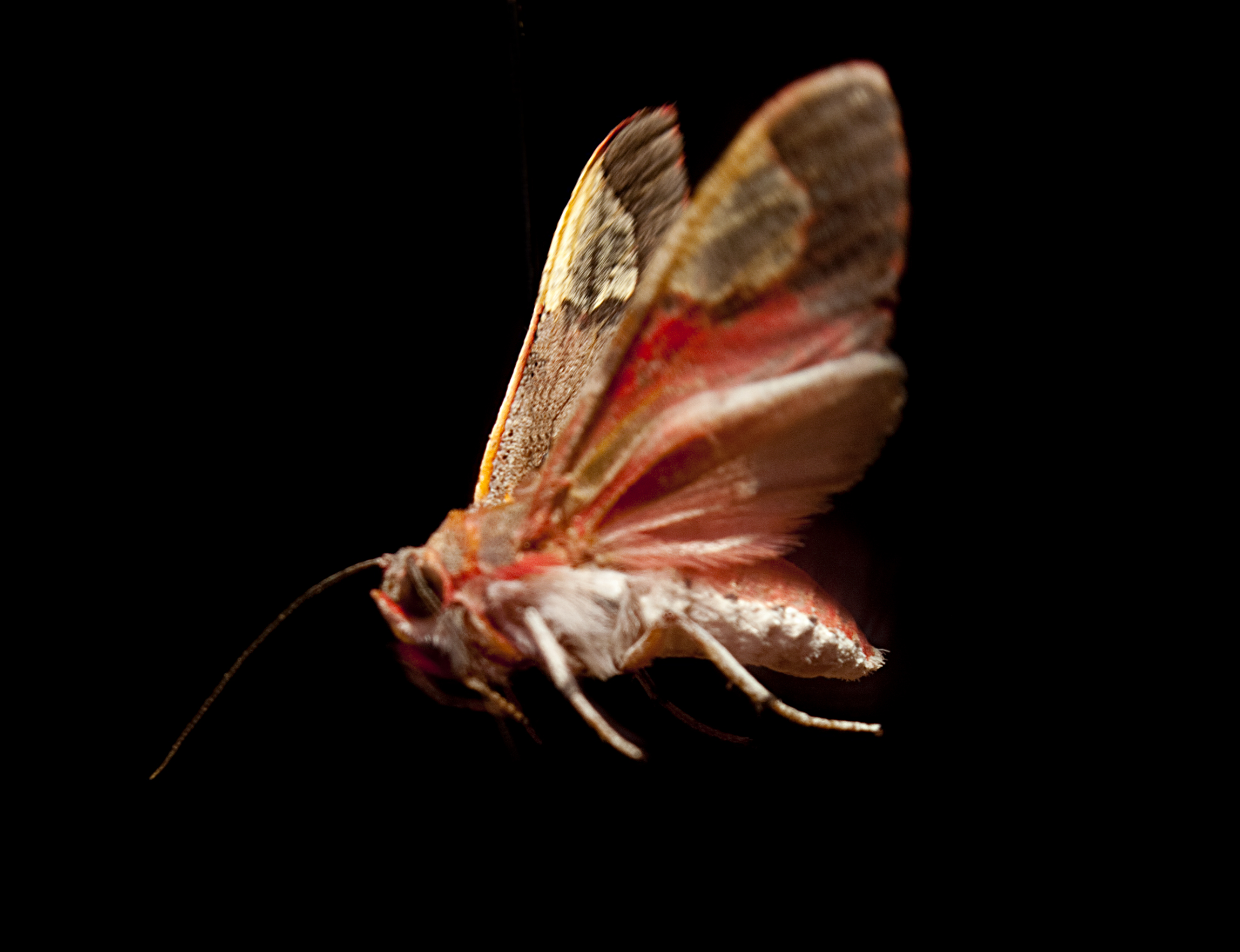|
Bertholdia Trigona
''Bertholdia trigona'', or Grote's bertholdia, is a species of moth in the family Erebidae. The species was first described by Augustus Radcliffe Grote in 1879. It is prevalent in the southwestern United States. In studies performed at Wake Forest University, these moths were shown to have developed the ability Abilities are powers an agent has to perform various actions. They include common abilities, like walking, and rare abilities, like performing a double backflip. Abilities are intelligent powers: they are guided by the person's intention and exec ... to disrupt the echolocation of bats. This insect is the only known species that can jam its predator's echolocation. References External links * *Corcoran, Aaron''SonarJamming.com'' Sensory and Movement Ecology Lab at UC Colorado Springs. {{Taxonbar, from=Q13403125 Phaegopterina Moths described in 1879 ... [...More Info...] [...Related Items...] OR: [Wikipedia] [Google] [Baidu] |
Augustus Radcliffe Grote
Augustus Radcliffe Grote (February 7, 1841 – September 12, 1903) was a British entomologist who described over 1,000 species of butterflies and moths.Osborn, H. 1937. Fragments of Entomological History. Columbus, OH: Published by the author. He is best known for his work on North American Noctuidae. A number of species were named after him, including the moth '' Horama grotei''. Early life and family Grote was born in Aigburth, a suburb of Liverpool, in 1841. His mother was English, and his maternal grandfather, Augustus Radcliffe, was a partner in the house of Sir Joseph Bailey. Grote was a first cousin on his mother's side to Ethel Romanes. Grote's father was born in Danzig, and his paternal lineage traced back to Dutch philosopher Hugo Grotius. His family name was changed from 'Grohté' to 'Grote' when his father became an English citizen. Augustus Grote came to New York at age 7, one year after his parents had moved there from England, and spent his youth on State ... [...More Info...] [...Related Items...] OR: [Wikipedia] [Google] [Baidu] |
Moth
Moths are a paraphyletic group of insects that includes all members of the order Lepidoptera that are not butterflies, with moths making up the vast majority of the order. There are thought to be approximately 160,000 species of moth, many of which have yet to be described. Most species of moth are nocturnal, but there are also crepuscular and diurnal species. Differences between butterflies and moths While the butterflies form a monophyletic group, the moths, comprising the rest of the Lepidoptera, do not. Many attempts have been made to group the superfamilies of the Lepidoptera into natural groups, most of which fail because one of the two groups is not monophyletic: Microlepidoptera and Macrolepidoptera, Heterocera and Rhopalocera, Jugatae and Frenatae, Monotrysia and Ditrysia.Scoble, MJ 1995. The Lepidoptera: Form, function and diversity. Oxford, UK: Oxford University Press; 404 p. Although the rules for distinguishing moths from butterflies are not well establishe ... [...More Info...] [...Related Items...] OR: [Wikipedia] [Google] [Baidu] |
Erebidae
The Erebidae are a family of moths in the superfamily Noctuoidea. The family is among the largest families of moths by species count and contains a wide variety of well-known macromoth groups. The family includes the underwings (''Catocala''); litter moths ( Herminiinae); tiger, lichen, and wasp moths ( Arctiinae); tussock moths ( Lymantriinae), including the arctic woolly bear moth ('' Gynaephora groenlandica''); piercing moths (Calpinae and others); micronoctuoid moths ( Micronoctuini); snout moths ( Hypeninae); and zales, though many of these common names can also refer to moths outside the Erebidae (for example, crambid snout moths). Some of the erebid moths are called owlets. The sizes of the adults range from among the largest of all moths (> wingspan in the black witch) to the smallest of the macromoths ( wingspan in some of the Micronoctuini). The coloration of the adults spans the full range of dull, drab, and camouflaged (e.g., '' Zale lunifera'' and litter mo ... [...More Info...] [...Related Items...] OR: [Wikipedia] [Google] [Baidu] |
Species Description
A species description is a formal description of a newly discovered species, usually in the form of a scientific paper. Its purpose is to give a clear description of a new species of organism and explain how it differs from species that have been described previously or are related. In order for species to be validly described, they need to follow guidelines established over time. Zoological naming requires adherence to the ICZN code, plants, the ICN, viruses ICTV, and so on. The species description often contains photographs or other illustrations of type material along with a note on where they are deposited. The publication in which the species is described gives the new species a formal scientific name. Some 1.9 million species have been identified and described, out of some 8.7 million that may actually exist. Millions more have become extinct throughout the existence of life on Earth. Naming process A name of a new species becomes valid (available in z ... [...More Info...] [...Related Items...] OR: [Wikipedia] [Google] [Baidu] |
Wake Forest University
Wake Forest University is a private research university in Winston-Salem, North Carolina. Founded in 1834, the university received its name from its original location in Wake Forest, north of Raleigh, North Carolina. The Reynolda Campus, the university's main campus, has been located north of downtown Winston-Salem since the university moved there in 1956. The Atrium Health Wake Forest Baptist medical campus has two locations, the older one located near the Ardmore neighborhood in central Winston-Salem, and the newer campus at Wake Forest Innovation Quarter downtown. The university also occupies lab space at Biotech Plaza at Innovation Quarter, and at the Center for Nanotechnology and Molecular Materials. The university's Graduate School of Management maintains a presence on the main campus in Winston-Salem and in Charlotte, North Carolina. WFU's undergraduate and graduate colleges and schools include Wake Forest University School of Law, Wake Forest University School of Divi ... [...More Info...] [...Related Items...] OR: [Wikipedia] [Google] [Baidu] |
Anti-predator Adaptation
Anti-predator adaptations are mechanisms developed through evolution that assist prey organisms in their constant struggle against predators. Throughout the animal kingdom, adaptations have evolved for every stage of this struggle, namely by avoiding detection, warding off attack, fighting back, or escaping when caught. The first line of defence consists in avoiding detection, through mechanisms such as camouflage, masquerade, apostatic selection, living underground, or nocturnality. Alternatively, prey animals may ward off attack, whether by advertising the presence of strong defences in aposematism, by mimicking animals which do possess such defences, by startling the attacker, by signalling to the predator that pursuit is not worthwhile, by distraction, by using defensive structures such as spines, and by living in a group. Members of groups are at reduced risk of predation, despite the increased conspicuousness of a group, through improved vigilance, predator confusio ... [...More Info...] [...Related Items...] OR: [Wikipedia] [Google] [Baidu] |
Echolocation Jamming
Echolocation (or sonar) systems of animals, like human radar systems, are susceptible to interference known as echolocation jamming or sonar jamming. Jamming occurs when non-target sounds interfere with target echoes. Jamming can be purposeful or inadvertent, and can be caused by the echolocation system itself, other echolocating animals, prey, or humans. Echolocating animals have evolved to minimize jamming, however; echolocation avoidance behaviors are not always successful. Self jamming Echolocating animals can jam themselves in a number of ways. Bats, for example, produce some of the loudest sounds in nature, and then they immediately listen for echoes that are hundreds of times fainter than the sounds they emit. To avoid deafening themselves, whenever a bat makes an echolocation emission, a small muscle in the bat's middle ear (the stapedius muscle) clamps down on small bones called ossicles, which normally amplify sounds between the ear drum and the cochlea. This dampens ... [...More Info...] [...Related Items...] OR: [Wikipedia] [Google] [Baidu] |
Phaegopterina
The Phaegopterina are a subtribe of tiger moths in the tribe Arctiini, which is part of the family Erebidae. The subtribe was described by William Forsell Kirby in 1892. 469 species of Phaegopterina are present and 52 that are recently discovered in Brazil. Taxonomic history The subtribe was previously classified as the tribe Phaegopterini of the family Arctiidae. In 2002, Jacobson & Weller proposed a clade ''Euchaetes'' within Arctiini.Jacobson NL & Weller SJ (2002) A cladistic study of the Arctiidae (Lepidoptera) by using characters of immatures and adults. ''Thomas Say publications in entomology'': 1-98, Entomologica Society of America: Lanham, Maryland. In 2010, V. V. Dubatolov proposed that this clade should be classified as subtribe Euchaetina, containing eight arctiini genera, including ''Euchaetes''.Dubatolov VV (2010) Tiger-moths of Eurasia (Lepidoptera, Arctiidae) (Nyctemerini by Rob de Vos & Vladimir V. Dubatolov). ''Neue Entomologische Nachrichten'' 65:1-106 Howeve ... [...More Info...] [...Related Items...] OR: [Wikipedia] [Google] [Baidu] |

.jpg)



